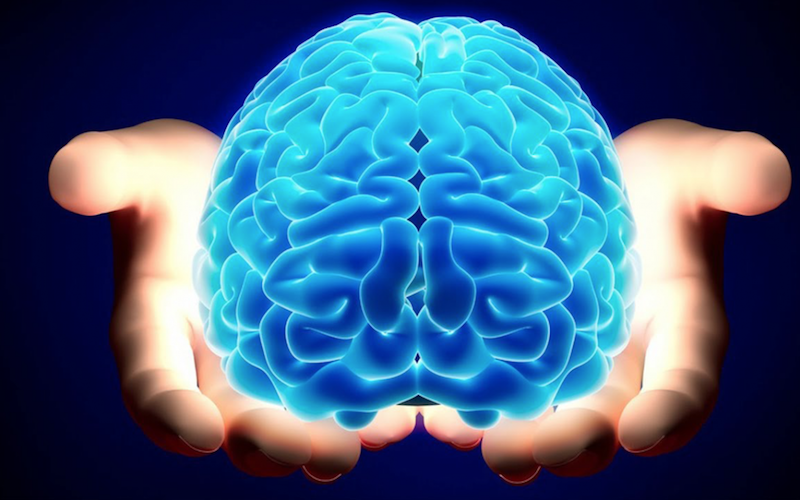For the last two years, I have been attending a really fascinating monthly program in Seattle, called the Science & Technology Discovery Series, which has really helped me develop my own innovation mindset. The series is designed for business and community leaders who want to stay abreast of important advancements being made in Washington state, nationally, and internationally. Speakers are experts in their fields and have included Nobel laureates and National Academy of Sciences members.
Recently I had the pleasure to hear Barbara Sorg, Professor at the Department of Integrative Physiology and Neuroscience at Washington State University-Vancouver. She has worked in the area of drug abuse on NIH-funded projects for over 22 years, focusing on the contribution of the medial prefrontal cortex (mPFC) to cocaine-induced behaviors.
In other words, what happens to brains on drugs.
Perineuronal Nets, Memory, and Why They Matter

Perineuronal Net (PNN), in red, surrounding a nerve cell. Photo source: James M. Massey, et al., The Journal of Neuroscience 2006, 26(16): 4406-4414
As I understand it, one effect of cocaine use is that perineuronal nets form around neurons, helping to solidify and protect the pleasurable drug-related memories―the feeling of being high, the physical environment, and visual cues like rolled up dollar bills, mirrors, and razor blades.
Turns out it’s possible to disrupt and diminish just these recalled memories with pharmacological agents which can potentially help a whole lot of people get off drugs. You can easily imagine how this might someday help people with other addictions.
But it also got me thinking, perhaps in a demented way: I wonder how this applies to shopping?
Professor Sorg ended the presentation by offering to let each of us hold a real human brain in our (rubber-gloved) hands. Only a handful of us accepted her invitation.
The experience fell somewhere between eeeuw and whoa but one thing’s for sure―I’m not likely to forget it.
How This Feeds Your Innovation Mindset
The Science and Discovery Series offers a forum for sharing discoveries and an opportunity for people from different backgrounds to interact. Almost everyone I met acknowledged that they came to this series to learn about something completely outside their normal worlds. Experiences like these feed the innovation mindset.
I am not exactly sure how learning about brains on drugs will help me do a better job of creating more memorable retail customer experiences, but I do know a fresh idea will surface in time.
Key Innovation Mindset Takeaways
Whether or not you are able to take advantage of a similar program, to feed your innovation mindset, look for opportunities to:
- Learn about foundational discoveries that could eventually affect your industry so you can be primed and ready to apply them when the time comes.
- Build relationships with curious people in unrelated fields―you never know when a networking contact might someday lead to a cross-border partnership.
- Immerse yourself in a completely foreign subject to flex your zero-to-sixty learning muscles.
- Get your hands dirty, literally, to experience new ideas viscerally and memorably.
What innovations have inspired you lately? Is your innovation mindset primed?
This post was originally published by MENG, the indispensable community of executive level marketers who share their passion and expertise to ensure each member’s success.


